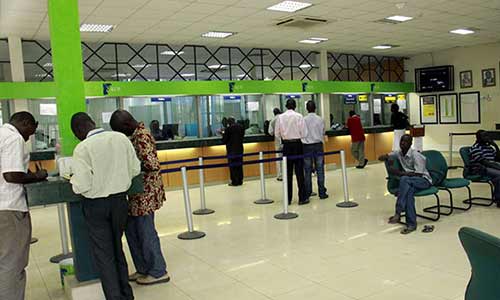
Services sector maintains dominance as leading job provider; accounts for 83.1% of jobs advertised – BoG
The Services Sector maintained its dominance as the leading job-providing sector in the economy, accounting for 83.1% of total job adverts recorded in the first quarter of 2021, data from the Bank of Ghana has indicated.
This compares with a share of 83.2% recorded during the same period of 2020.
Industry followed with a share of 13.5%, marginally down from 13.6% in quarter one 2020.
The Agriculture Sector unsurprisingly accounted for a paltry 3.4% percent of the job adverts during the period, compared with 3.2% recorded in quarter one 2020.
Further analysis by the Central Bank revealed that the main requirements for skilled employees were tertiary education qualification(s) with a minimum of three years’ working experience.
This category, classified as Professionals and Technicians, collectively accounted for 55.2% of total jobs advertised during the first quarter of 2021, relative to 51.2% recorded in the corresponding quarter of 2020.
Executives and Top Professionals accounted for about 12% of the jobs advertised.
This was followed by the categories classified as Sales & Other Service Workers (28.1% in Q1 2021 versus 32.4% in Q1 2020), Artisans & Machine Operators (8.6% in Q1 2021 versus 7.8% in Q1 2020), Secretarial & Clerical Staff (6.1% in Q1 2021 same as in Q1 2020) and ‘Others’ (2.0% in Q1 2021 versus 2.5% in Q1 2020).
Labour market conditions
Meanwhile, the number of jobs advertised in selected print and online media, which gauges labour demand in the economy, declined in the first quarter of 2021 relative to what was observed in the first quarter of 2020.
In total, 8,840 job adverts were recorded in the first quarter of 2021 compared with 9,537 for the first quarter of 2020, indicating a decline of 7.3 percent.
The number of job vacancies advertised in the review period, however, improved by 9.6% from 8,067 recorded for the fourth quarter of 2020.
The decrease in the number of jobs advertised, year-on-year, reflected the adverse effects of the COVID-19 pandemic on businesses.

